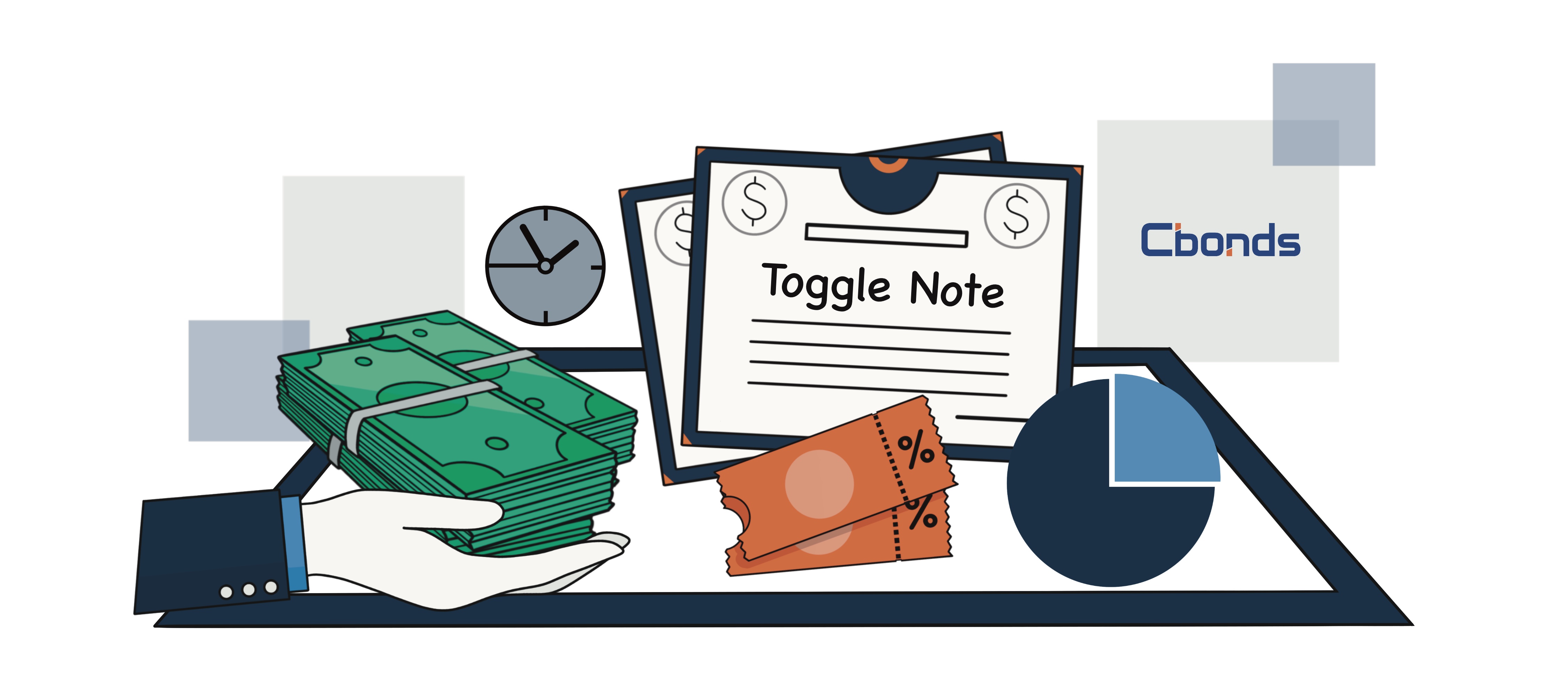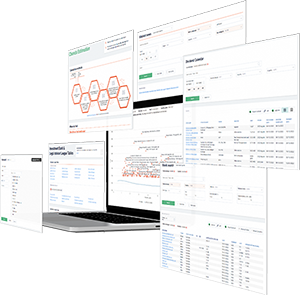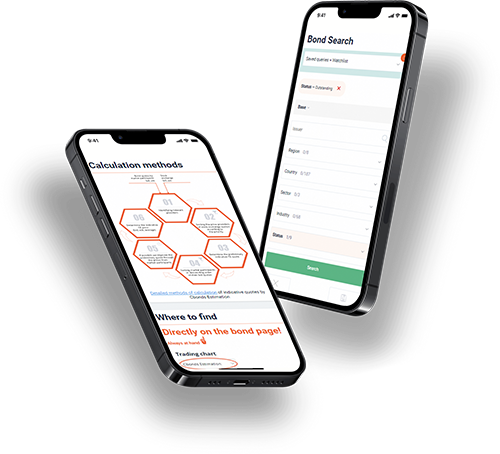By
Konstantin Vasilev Member of the Board of Directors of Cbonds, Ph.D. in Economics
Updated February 14, 2024
What Is a Toggle Note?
Toggle notes are a specialized form of payment-in-kind (PIK) bond, offering a unique flexibility in managing cash flow for both issuers and investors. These instruments grant the issuer the discretion, during each coupon period, to determine the proportion of the coupon payment to be made in cash and the portion to be deferred. This deferred portion, akin to typical payment-in-kind bonds, can either be added to the principal amount of the debt or paid in the form of additional securities. This distinctive feature allows toggle notes to offer a "pay-if-you-want" or "pay-if-you-like" option, providing issuers with the flexibility to manage liquidity while servicing debt obligations.
Unlike traditional bonds where interest payments are fixed, toggle notes provide issuers with the ability to defer cash payments during periods of financial strain, offering a temporary reprieve while committing to higher future coupon rates. This characteristic makes toggle notes particularly appealing in situations where a company seeks to preserve cash reserves or navigate through temporary liquidity challenges. However, the flexibility afforded by toggle notes comes with a trade-off: higher coupon rates and increased risk for investors due to the uncertainty surrounding future cash flows and potential delays in interest payments.

How Toggle Notes Work
Toggle notes operate on a unique mechanism that allows issuers to manage their cash flow by deferring interest payments during certain periods. Typically, issuers of toggle notes have the option to choose between paying interest in cash or deferring it to a later date. This flexibility is particularly valuable for companies experiencing temporary financial constraints or seeking to allocate their resources strategically. When cash is scarce, the issuer can opt to defer interest payments, thus conserving liquidity for other business needs. In return for this deferral, the issuer commits to paying a higher coupon rate in the future, ensuring that investors are compensated for the delay in receiving their interest payments.
The toggle feature in toggle notes allows for alternating between cash and payment-in-kind (PIK) interest payments within certain parameters specified in the loan agreement. This versatility enables issuers to adapt their payment strategy based on their current financial circumstances and market conditions. For investors, toggle notes offer the potential for higher returns through increased coupon rates, albeit with the added risk of delayed payments.
Benefits and Risks of Toggle Notes
Benefits
-
Flexibility in Cash Management. Toggle notes provide issuers with the flexibility to manage their cash flow by deferring interest payments during periods of financial strain. This flexibility allows companies to allocate resources strategically and navigate temporary liquidity challenges.
-
Preservation of Liquidity. By deferring interest payments, issuers can preserve their cash reserves for other business needs, such as funding growth initiatives or capital expenditures. This preservation of liquidity enhances the financial flexibility of the issuer.
-
Strategic Financing Option. Toggle notes serve as a strategic financing option for companies involved in leveraged buyouts or expansion plans. The ability to toggle between cash and payment-in-kind (PIK) interest payments allows issuers to tailor their financing structure to suit their specific needs and objectives.
-
Higher Yield Potential. Investors in toggle notes stand to benefit from the higher coupon rates offered in exchange for deferred interest payments. This higher yield potential can be attractive for investors seeking opportunities in the debt market.
Risks
-
Increased Cost of Borrowing. Issuers of toggle notes typically incur higher coupon rates compared to traditional bonds due to the optionality embedded in the toggle feature. This increased cost of borrowing can result in higher debt servicing expenses for the issuer.
-
Uncertainty in Cash Flows. Toggle notes introduce uncertainty in cash flows for both issuers and investors. The option to defer interest payments creates unpredictability in the timing and amount of cash payments, making it challenging for investors to forecast their returns accurately.
-
Default Risk. The deferral of interest payments exposes investors to default risk, particularly if the issuer faces financial distress or liquidity constraints. In the event of a default, investors may experience delays or disruptions in receiving their interest payments, leading to potential losses.
-
Market Volatility. Toggle notes may be susceptible to market volatility, especially in environments characterized by fluctuating interest rates or economic instability. Changes in market conditions can impact the valuation and performance of toggle notes, affecting both issuers and investors.
Considerations for Issuers
When considering the issuance of toggle notes, issuers must carefully evaluate several factors to ensure that this financing option aligns with their strategic objectives and financial capabilities. Firstly, issuers should assess their current cash flow position and liquidity requirements to determine whether deferring interest payments through toggle notes is necessary or advantageous. Understanding the company’s short-term and long-term cash needs will help in determining the appropriate balance between cash payments and deferred interest.
Additionally, issuers should carefully evaluate the cost implications of toggle notes compared to traditional debt instruments. While toggle notes offer flexibility in managing cash flow, they often come with higher coupon rates due to the optionality embedded in the toggle feature. Issuers should weigh the benefits of liquidity management against the increased cost of borrowing associated with toggle notes and consider whether the potential advantages outweigh the additional expense. Furthermore, issuers should assess their ability to honor the increased coupon rates associated with toggle notes, taking into account factors such as projected revenue growth, profitability, and market conditions.
Use Cases of Toggle Notes
Toggle notes find application in various financial scenarios, particularly in situations where companies seek flexible financing options to navigate through dynamic market conditions. One common use case for toggle notes is in leveraged buyouts (LBOs), where private equity firms acquire companies using a significant amount of borrowed funds. In such transactions, the target company may issue toggle notes to fund the acquisition, allowing it to defer interest payments during the initial stages of the buyout when cash flow may be constrained. This flexibility enables the acquiring company to allocate resources efficiently and manage its debt obligations while pursuing growth opportunities.
Additionally, toggle notes are utilized by companies undergoing rapid expansion or facing temporary liquidity challenges. For businesses experiencing strong growth potential but constrained by limited cash flow, toggle notes offer a strategic financing solution to bridge short-term financing gaps without compromising long-term objectives. By deferring interest payments through toggle notes, these companies can preserve cash reserves for investment in growth initiatives, capital expenditures, or debt repayment, thereby enhancing their financial flexibility and sustainability.
Bond Screener
Watchlist
Excel Add-in
API












